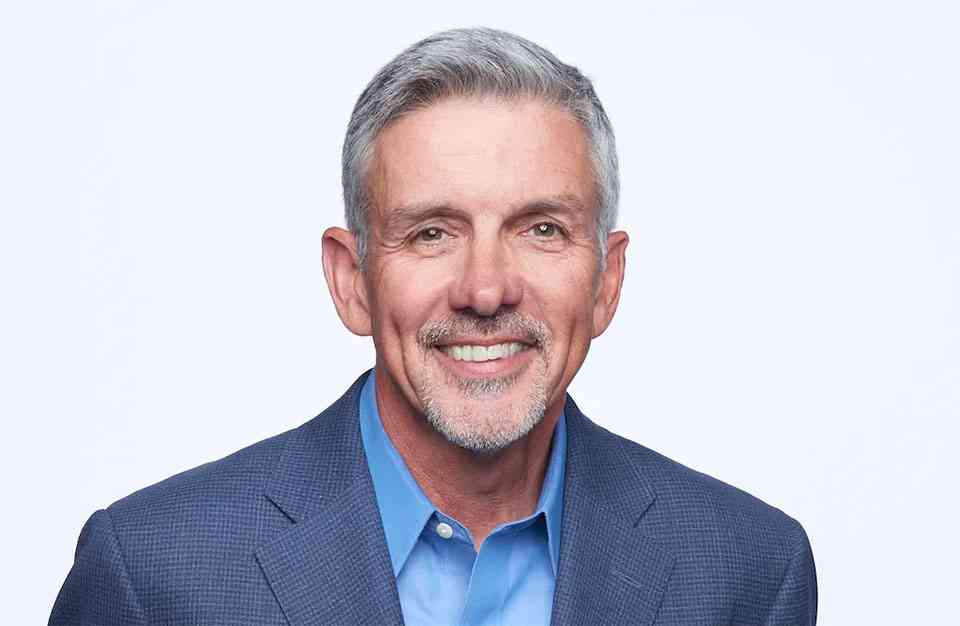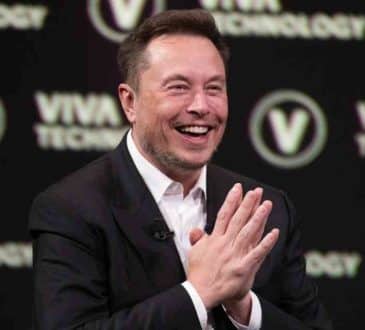What Are You Waiting For?

In my work with high-performing groups/teams and the people who lead them, I stand on the shoulders of countless scholars – Jim Kouzes & Barry Posner, Peter Senge, Jim Collins, Dave Logan, Amy Edmondson, and numerous others. Among them, two stand a little taller than the others, at least as it relates to defining Peernovation and what it takes to achieve it. They are Dave Logan and Amy Edmondson. I have enjoyed the pleasure of working with Dave in writing my first book and hope to cross paths with Amy someday.
Peernovation applies to groups (which exist to benefit the individual members) and teams (that assemble to achieve a collective goal or create a shared work product). Peernovation is the third phase of a progression that begins with 1) Peer Influence – the impact the people around us can have in shaping our behavior. When we’re intentional about harnessing the power of peer influence, we create 2) Peer Advantage – It’s what happens when we are more selective, strategic, and structured about the people who surround us. When we excel at peer advantage, we rise to 3) Peernovation – a term that combines peer (people of like status) and innovation (creativity realized). It reveals itself when a carefully selected, diverse collection of people with a common purpose and shared values work together to create something larger than themselves.
Tribal Leadership and What Stage 5 Looks Like
Using Logan’s Five Stages of Tribal Culture Model from the book Tribal Leadership, a high-performing group functions at what Logan and his coauthors describe as the Stage Four or Stage Five level. In Stage Four, members focus on their aspirations and work together inside and outside their group meetings to help each other achieve maximum impact. Over time, they become so effective at asking questions, identifying root causes, and helping their fellow members own and follow through on the promises they make to themselves and one another, it makes performing at Stage 5 possible.
In Stage 5, they move beyond conversations about best practices and focus on innovation, invention, a vision for the future, and how to inspire each other to realize their full potential. They set their own standards of excellence and will raise the bar proactively at every turn. The elite CEO peer advisory groups and forums typically toggle between Stages 4 and 5 – and so do the best teams. The teams I often talk about who meet that standard are the secondary school teachers in Finland, the team at MullenLowe, and the University of Connecticut women’s basketball team, among others.
How They Do It
In my research on the highest-performing groups and teams, they embrace three dynamics, assisted by five factors – 1) a robust Learning-Achieving Cycle, 2) a focus on Intentional and Collateral Learning, and 3) a Leadership Triad that sees the leader, the individual members, and the team itself as sharing responsibility for their performance and results. They’re all in it together, so there’s no blame culture. The Five Factors include having 1) the right people, 2) those who enjoy psychological safety, 3) high expectations about productivity, 4) a culture of accountability based on personal responsibility, and 5) being mentored by servant leaders who shine their light on the members.
What Makes Excellence Possible
Here’s where Amy Edmondson comes in with her expertise on psychological safety and the most elegant 2×2 illustration I’ve ever seen. It brilliantly showcases the idea that psychological safety and accountability are not opposing forces; they are necessary partners.
If your group or team has a high level of psychological safety but lacks a focus on accountability, they will operate in the Comfort Zone. If they have low psychological safety and low accountability, they will live in the Apathy Zone (what Dave Logan would describe as Stage 2 – a “My Life Sucks” culture). Now, if there’s low psychological safety (members have no voice), yet they’re constantly pressured to do and achieve more, they reside in the Anxiety Zone. If they have high psychological safety and see accountability as personal responsibility, they can move beyond self-limiting beliefs and ascend to new heights. Here, the group or team operates in the Learning Zone, where the Learning-Achieving Cycle, Intentional and Collateral Learning, and The Learning-Achieving Cycle live.
Summary
Groups and teams who operate in the Learning Zone don’t regard winning as their goal. They see the Learning-Achieving Cycle as their goal. They commit to what it takes to be great and see their victories as their reward. I have been humbled to be part of teams who played at this level. There’s nothing more amazing than being part of an exceptional team.
I know this from personal experience and because I delivered a workshop to a group of CEOs one day, and four of them volunteered to talk about the most outstanding teams they have ever been part of. Interestingly, no one mentioned a team more recent than high school basketball, and all of these CEOs were in their 50s and 60s. On the one hand, it struck me that none of them called out a more recent team, yet on the other, it was extraordinary to watch their faces light up when asked to talk about their team experience, regardless of how long ago and what distinguished it so clearly from the others. There’s something magical about being part of a high-performing collective. We have the tools to make it possible. All we need to do is be intentional about it. What are you waiting for?
Written by Leo Bottary.
Have you read?
Ranking the 50 greatest revenge movies of all time.
Ranked: The World’s Most Powerful Countries For 2023.
Ranked: Countries with the highest share of women in parliament.
The World’s Largest Gold-Producing Countries, 2023.
Ranked: The World’s Most Influential Countries, 2023.
Ranked: World’s Most Forward-Thinking Countries, 2023.
Add CEOWORLD magazine to your Google News feed.
Follow CEOWORLD magazine headlines on: Google News, LinkedIn, Twitter, and Facebook.
This report/news/ranking/statistics has been prepared only for general guidance on matters of interest and does not constitute professional advice. You should not act upon the information contained in this publication without obtaining specific professional advice. No representation or warranty (express or implied) is given as to the accuracy or completeness of the information contained in this publication, and, to the extent permitted by law, CEOWORLD magazine does not accept or assume any liability, responsibility or duty of care for any consequences of you or anyone else acting, or refraining to act, in reliance on the information contained in this publication or for any decision based on it.
Copyright 2024 The CEOWORLD magazine. All rights reserved. This material (and any extract from it) must not be copied, redistributed or placed on any website, without CEOWORLD magazine' prior written consent. For media queries, please contact: info@ceoworld.biz
SUBSCRIBE NEWSLETTER









